What is neighborhood centrality and what is it good for?
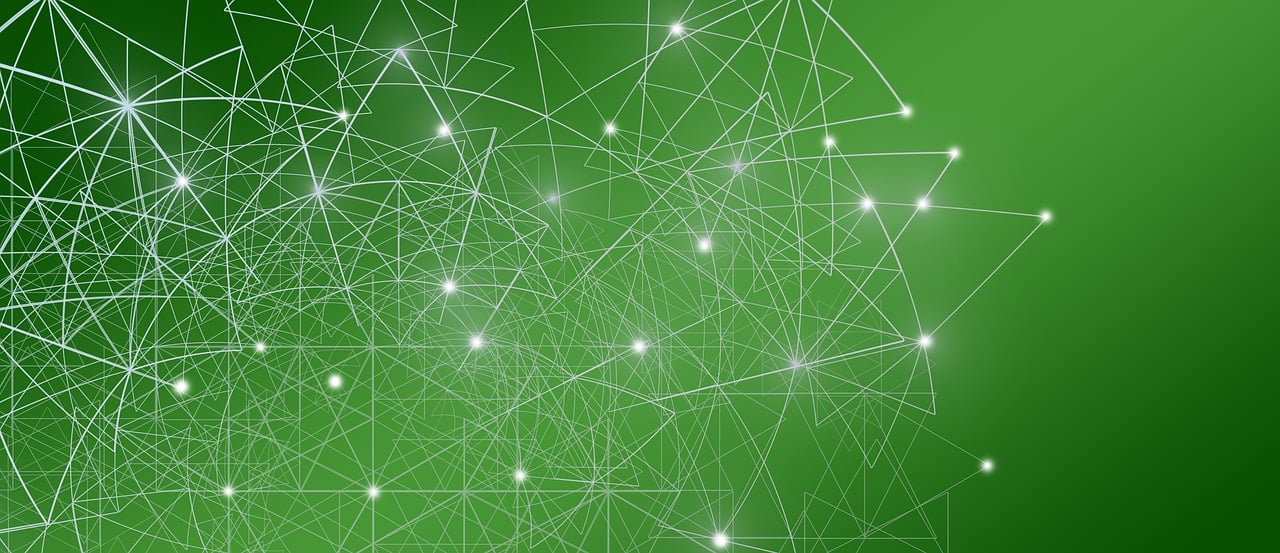
In the study of social networks, a key phenomena is the diffusion of information – how it travels from one individual to another across the network of people. An important question is how to identify the nodes with a high potential to spread information widely and deeper in the network.
Science Illustrations updated
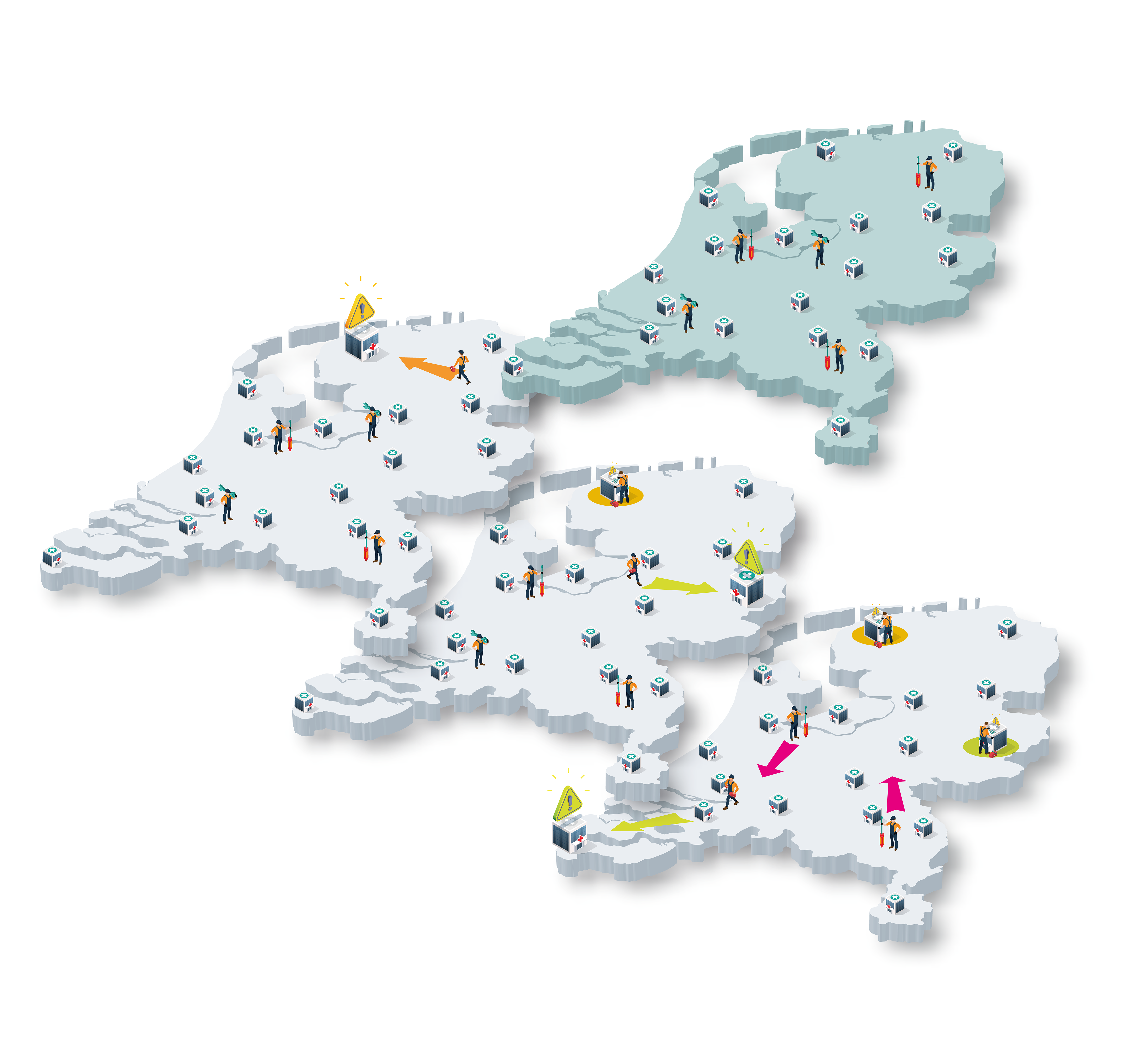
We have a special category with science illustations on various topics related to networks and algorithms. Many of these illustrations were developed specifically for the Network Pages. The four posters made for mathematics exhibition IMAGINARY have been added.
Structure in social networks
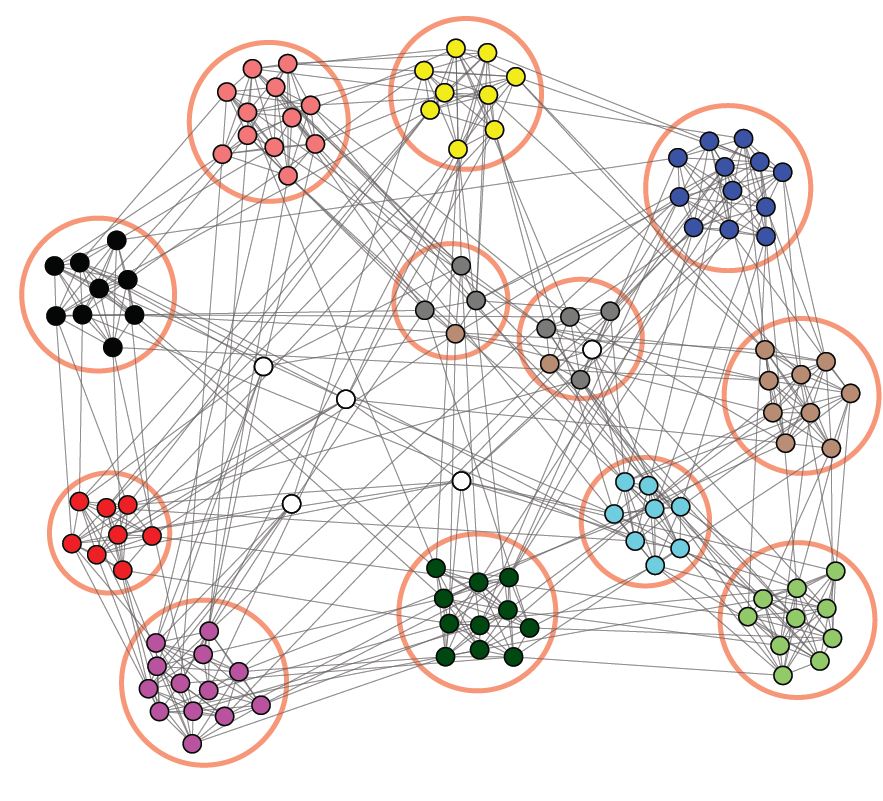
To find the network communities, we need a mathematical equation that describes when a division of the network into communities meets these two criteria.
Random Graphs and Complex Networks: Volume 2 has appeared!

In February 2024, the second Volume of the Random Graphs and Complex Networks book series has appeared. This volume is aimed more towards the research community, including PhD students and researchers, with a mathematical background.
How social networks help job seekers and hirers alike
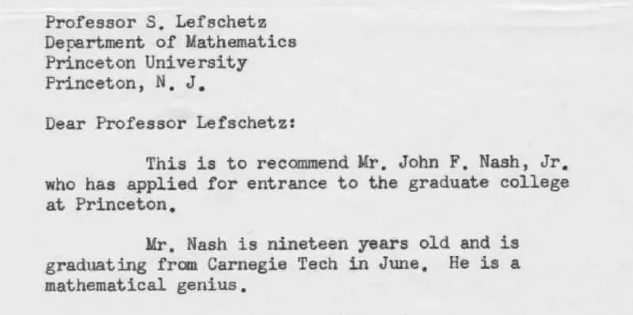
Lots of research has gone into the nexus of social networks in the labour market. Our question is: Do students benefit from the connectedness of their advisers in terms of first academic employment after graduate school?
Jon Snow, Phoebe Buffay, and Michael Scott are in a network, what do they see?

Using popular TV shows, we can learn about the contrast between local and global properties in a social network.
Networks behind riots: help reduce riots just by following a "riot".

Since 2016 the world has been witnessing the Rohingya genocide in Myanmar, in 2021 we all saw the Capitol riots on tv. What do networks have to do with these events?
MO-together and not alone! How networks can help fundraising in the no-profit sector

Back in 2015, I joined the Movember health movement, a movement that you probably have heard of having something related to men growing a moustache. As a woman, you might imagine, I did not join for the moustache thing, but rather for the cause behind the moustache symbol, that is, raising awareness of prostate and testicular cancer.
From Tweets to Communication Networks
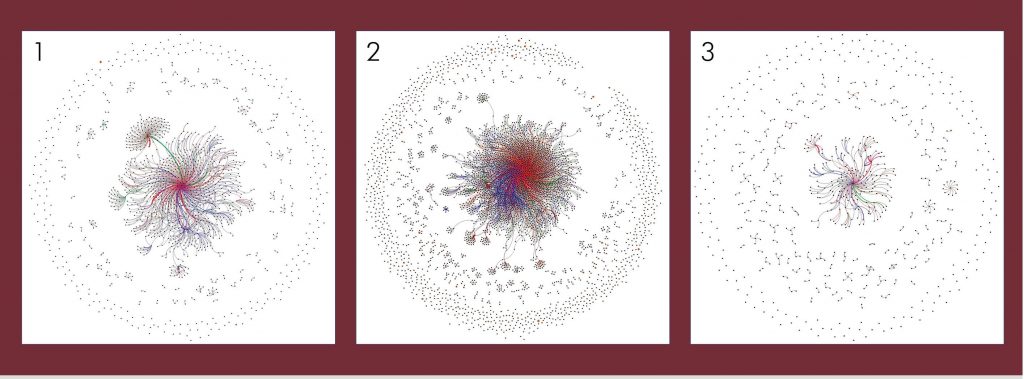
Network visualizations have the power to display how we communicate with each other in social media. We can simply depict message exchanges using communication networks. In such a network, nodes represent users, and there exists an edge between two nodes when the corresponding users exchange information (an email or a tweet).
What have Donald Trump, an epidemiologist and a rock in common?
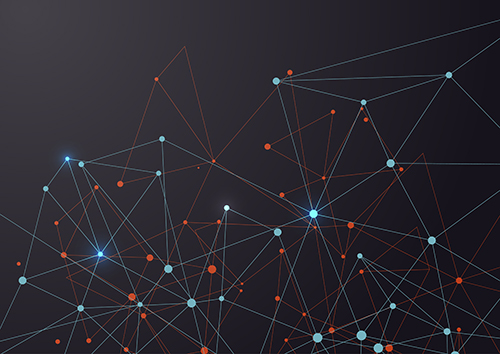
In this article, dear reader, I am going to show you in which way the development of your opinion during the last political issue, the spread of a virus among your acquaintances during the current pandemic, and the alignment of some particles lying inside the device from which you are reading this article are extremely comparable phenomena.
